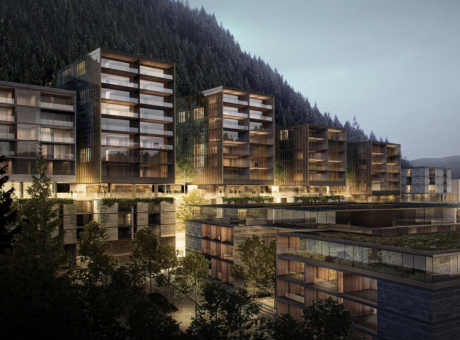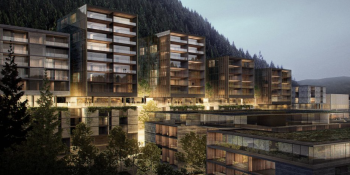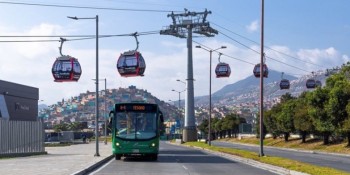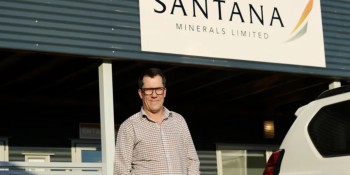Hāwea Flat resident confused by wildly variant ORC rates
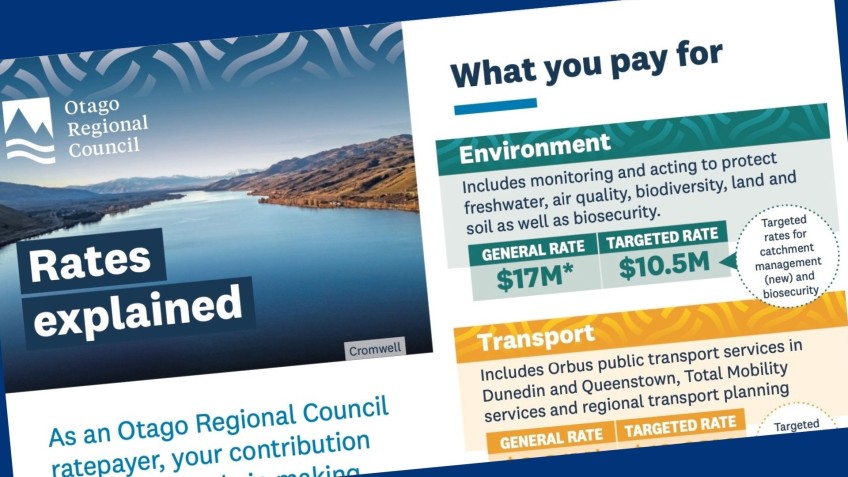
Another Otago Regional Council ratepayer has contacted Crux confused about wildly variant percentage jumps in rates across a number of properties he is linked to throughout Otago.
The man, who has asked not to be named, says he lives at a rural residential property in Hāwea Flat, where a rates bill just delivered shows a 33 percent increase on last year.
A chat over the fence reveals a neighbouring property owner hit with a 35 percent rise.
"How can the ORC justify that...no bus service...QLDC provides the harbourmaster."
The man has been able to make direct comparisons with other properties he has interests in, and that's left him bewildered and asking questions of regional councillors.
His residential property in Dunedin has seen a six percent rates rise, while another rural residential property, in Springvale, out Alexandra way, a seven percent rise.
He says bus service and harbourmaster fees come with the Dunedin address, while just the harbourmaster fee with the Springvale.
"I can't understand the big variations between regions in Otago. As far as I know, there have not been any new general property valuations in the Otago region this year, so the percentage range should not be that large."
The Otago Regional Council adopted its Long Term Plan in June with a flagged 16.3 percent average rates rise in the first year.
However in recent days the council's finance boss Nick Donnelly told Crux the average increase for properties located within the Queenstown Lakes District is 35.8 percent.
For our Hāwea Flat resident, it feels like QLDC residents are "really funding" the ORC.
He thinks the ORC's funding system is not a "robust" one.
"If they say an average, it should be within plus or minus five percent of that average. Areas that get more services should also pay more, like the Dunedin area, and Queenstown.
"I just can't see how the ORC can really justify the high percentage increase in Hāwea Flat."
In response to questions from Crux late last week on new rating policy and its impacts on properties in the Dunstan Constituency, comprised of Central Otago and Southern Lakes, the ORC's Mr Donnelly provided the following:
"Actual increases vary depending on a number of factors including location of the property, its valuation and the mix of rates that apply to the property.
"Increases in the Queenstown area are higher than average as they include an increase in transport rates as this activity is now fully funding the current years operating costs and the existing deficit is being repaid over the first five years of the LTP.
"Both Queenstown and Central Otago have higher average rates due to the higher capital values in these districts. This impacts CV based rates like general rates, transport and the new catchment management rate that was introduced this year."
The catchment management rate helps to cover the cost of ORC’s biodiversity, water quality, land and water implementation and catchment management activities, the council says.
A brochure further explaining rates was included with invoices sent to ratepayers and is available on the ORC's website.
Members of the public were provided opportunity to submit on a draft of the Long Term Plan in March and April, and more than 400 submissions were received that the council then deliberated on before making some changes to the draft document.
Read more: Southern Lakes shock at higher than average regional rates hits - Councillors share views
Draft ORC LTP has Queenstown paying up to 35 percent more in rates
Main image (Screengrab/ORC): The Otago Regional Council has published a 'rates explainer' to help ratepayers understand where there money is going.






